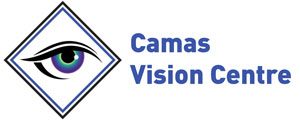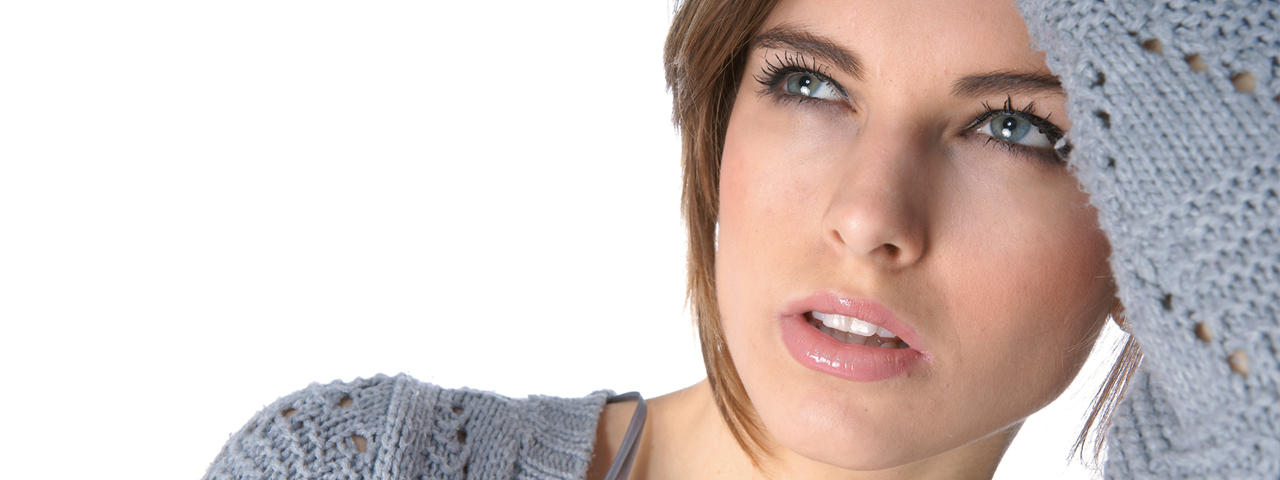
Where Do Scleral Lenses Fit Into Your Dry Eye Treatment Protocol?
Dry Eye Syndrome is a highly common eye condition. In fact, it remains one of the top reasons that drive patients to seek help from eye care professionals trained in treating dry eyes. Today, there is increasing awareness about this eye condition among both the general public and eye practitioners.
A recent survey revealed that out of the more than 30 million Americans who have symptoms of Dry Eye, only 16 million are diagnosed. Surprisingly, just 1 million out of these patients receive medical attention. These numbers are a concern, since there are millions of people suffering needlessly.
When Should Scleral Lenses Be Incorporated?
Fortunately, scleral lenses can help provide relief to patients suffering from Dry Eye. However, the common concern is deciding on the right time to incorporate scleral lenses into a dry eye treatment plan.

Scleral Lenses vs. Daily Contacts for Dry Eyes
At times, an eye care professional may recommend daily disposable contact lenses for patients with a Dry Eye condition. These daily contacts are single-use lenses, which can be disposed of and replaced with a fresh pair the next morning.
However, for certain patients, traditional soft contact lenses are not an option, as the lenses sit right on the cornea, which can be very irritating for dry eye patients. Moreover, they tend to act as sponges, soaking up the moisture from the surface of the eye. Wearing soft contact lenses can, therefore, prove to be virtually unbearable for the dry eye patient.
Scleral lenses, on the other hand, are comfortable since they vault over the cornea and rest on the sclera, thus avoiding the sensitive cornea.
Moreover, the zone between the surface of the cornea and the scleral lens is filled with a saline solution. This acts as a constant source of hydration for the eye and provides ongoing relief for the dry eye patient.
Contact Our Vancouver Eye Clinic Today!
Contact us if you notice any pain or discomfort with your eyes. Dr. Robert Nicacio will be available to answer any of your questions and concerns. An amazing experience awaits you at our office.




